SharkEye monitors sharks at Padaro Beach, California using drones and AI. The University of California Santa Barbara’s Benioff Ocean Science Laboratory launched this initiative.
It sends text alerts to 80 subscribers when sharks are spotted. SharkEye combines research with community safety, analyzing shark behavior and training AI models.
Rise in Shark Sightings and Human-Shark Interactions
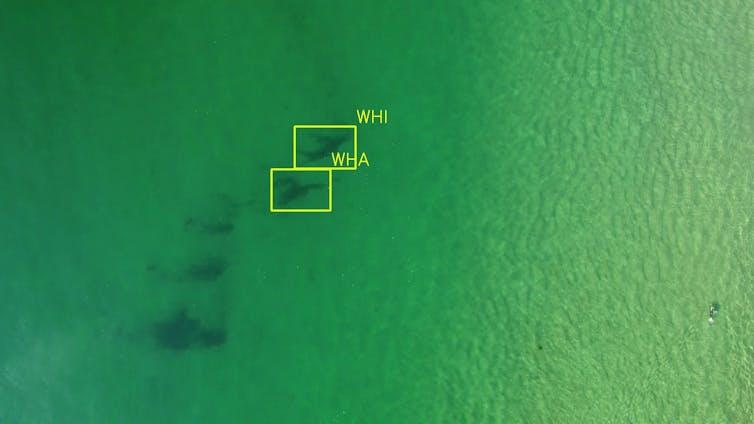
Climate change pushes sharks into new habitats, increasing sightings. Juvenile great whites, growing up to 10 feet, often linger near shores.
In 2023, 69 unprovoked shark bites occurred globally, with 10 fatalities. This aligns with the 2018-2022 average of 63 annual incidents.
AI vs Human Shark Detection Accuracy

Human-monitored drones detect sharks about 60% of the time. SharkEye’s AI model shows promising early results, often outperforming human observers.
The AI can spot sharks swimming too deep for human detection. This technology could significantly improve beach safety and shark monitoring efficiency.
Global Applications of AI in Wildlife Management
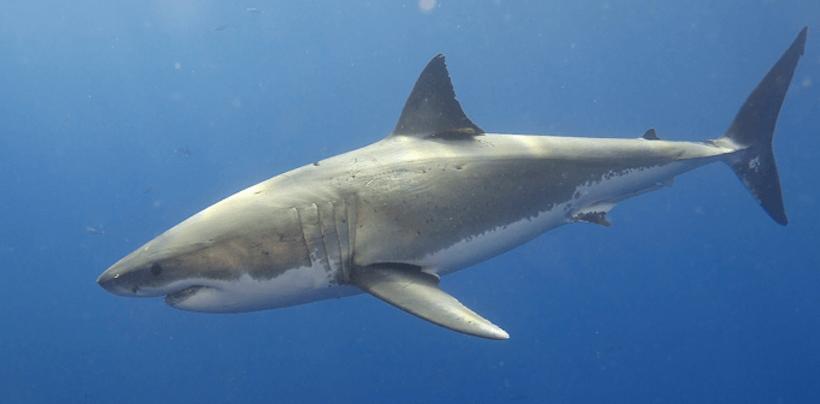
AI helps mitigate human-wildlife conflicts worldwide. In India, AI cameras alert villagers to approaching tigers.
Australian researchers developed the first shark identification algorithms for drones. These technologies aim to protect both humans and wildlife in various ecosystems.
Challenges in AI Shark Detection Technology
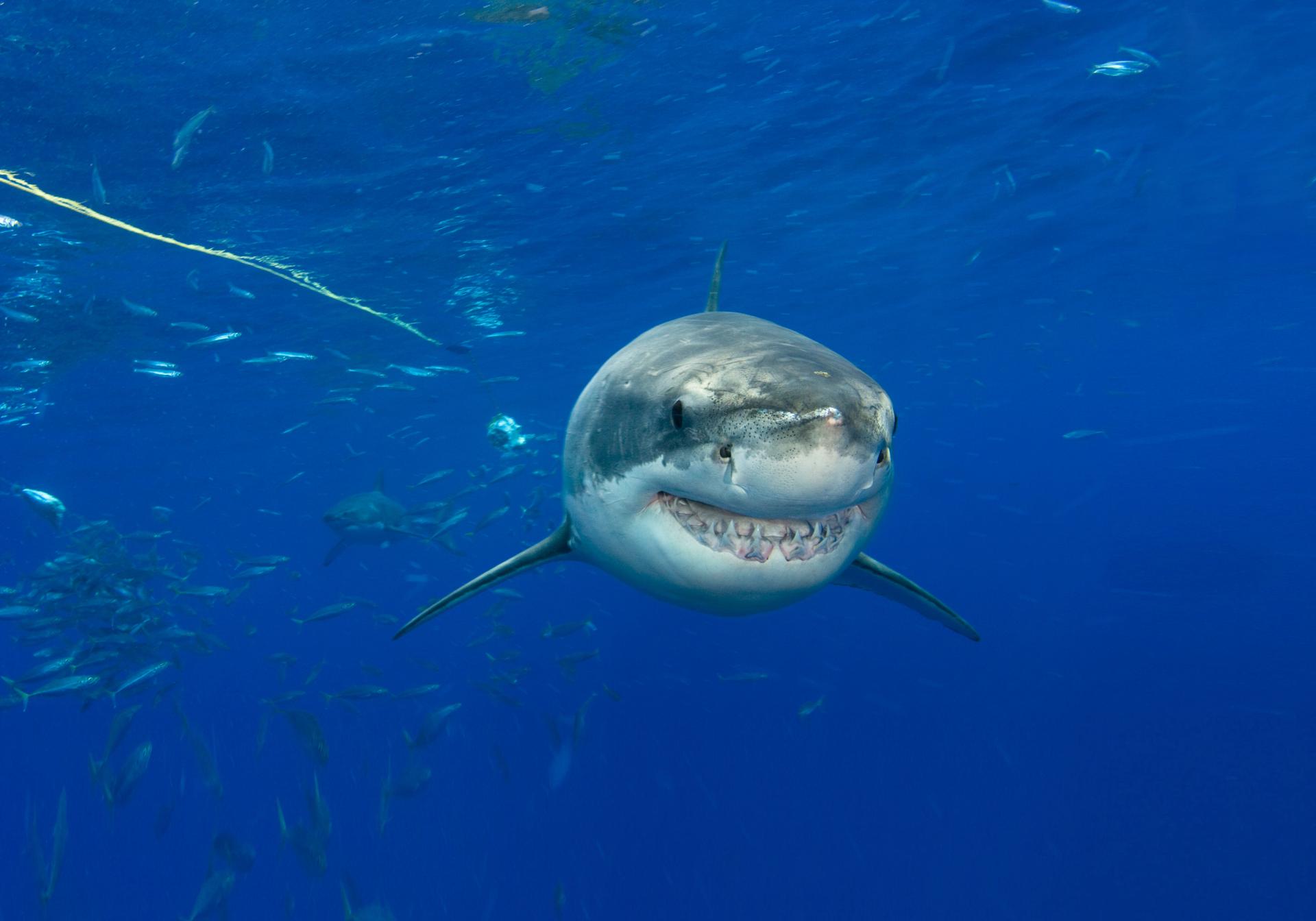
AI models may struggle with unfamiliar conditions not present in training data. Surf Life Saving New South Wales doesn’t currently use AI in their 50 drone locations.
Adapting AI models to different environments and shark species requires further development and testing.
SharkEye’s Plans for Open-Source AI Model
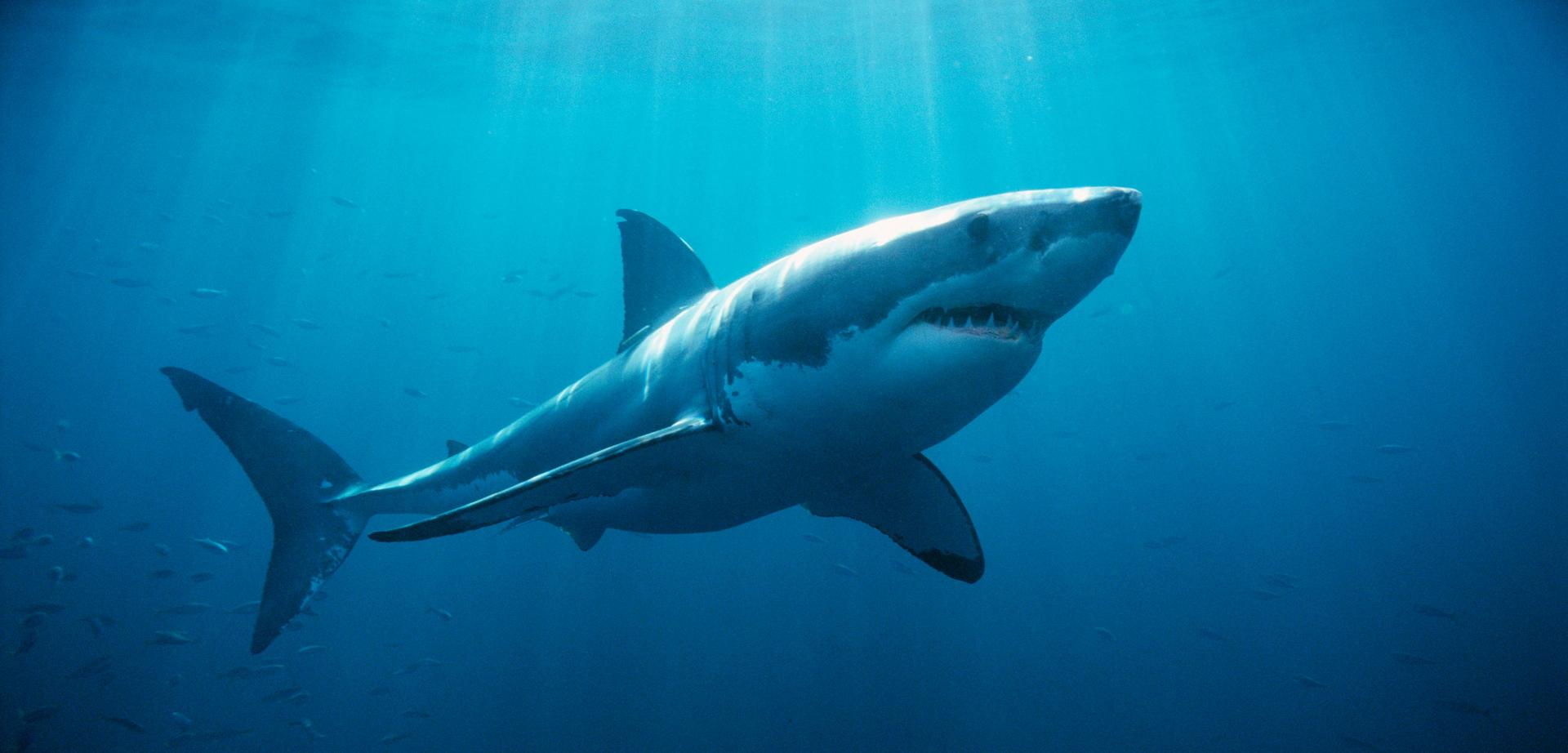
SharkEye intends to make its AI model freely available. They aim to create an easy-to-use app for lifeguards and drone hobbyists.
This open-source approach could accelerate shark detection technology development. It may also contribute to better understanding and protection of shark populations.
Expanding SharkEye Technology to Other Locations
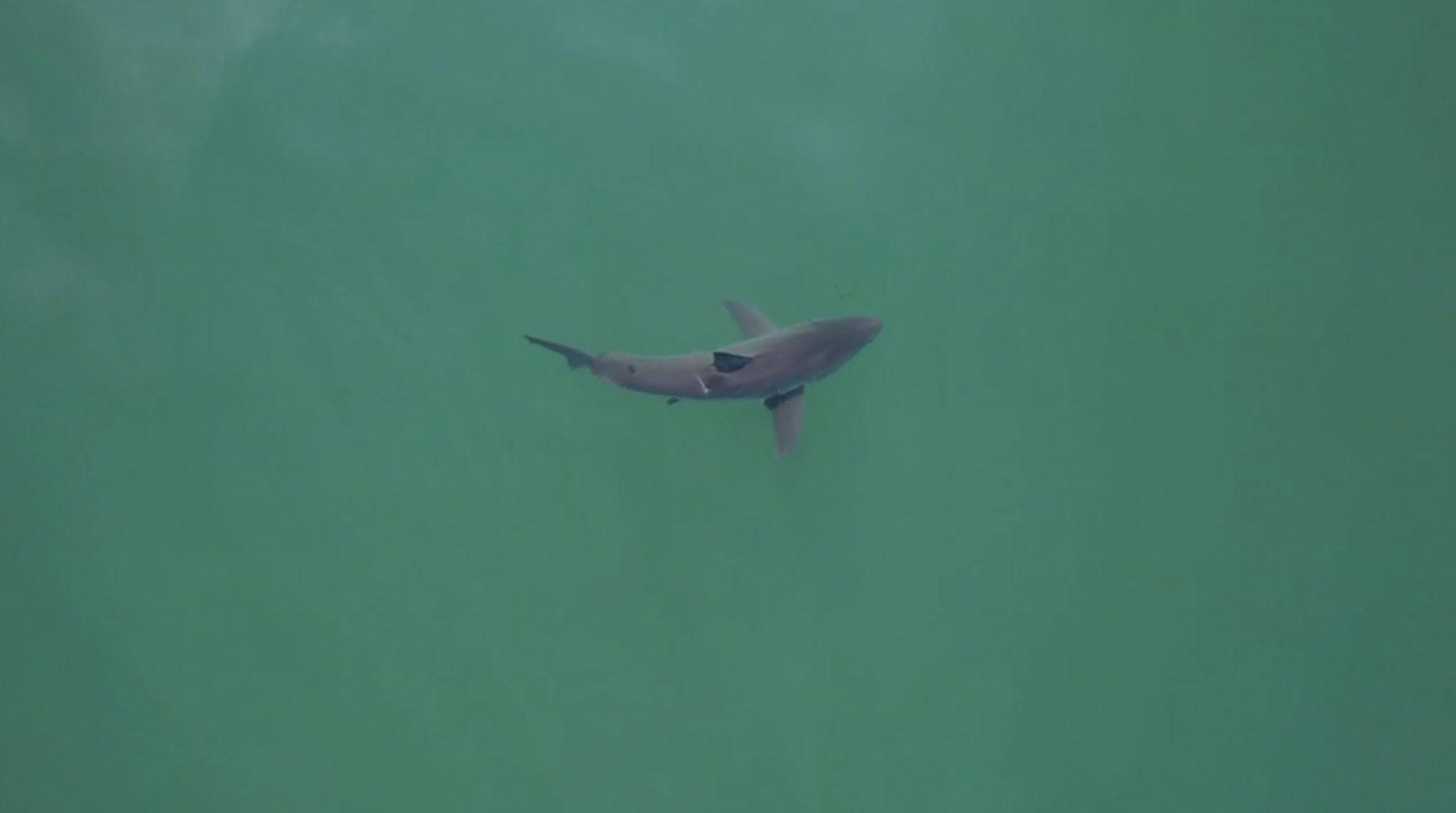
SharkEye’s adaptability to other locations remains under investigation. Similar coastlines may require minimal retraining of the AI model.
Different environments, like Hawaii’s tiger shark habitats, might need more substantial adjustments. SharkEye is open to collaborations for adapting their technology.
Historical Context of Shark Monitoring Methods
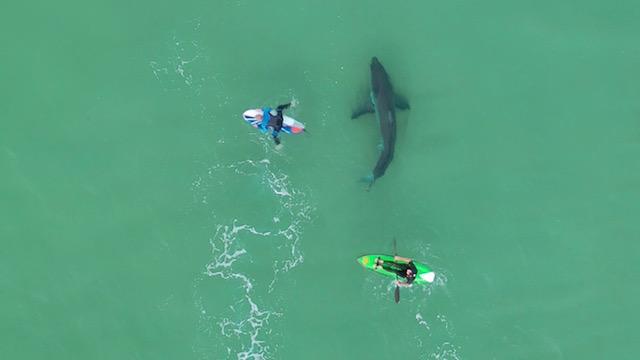
Traditional shark monitoring relied on beach patrols and spotters. Aerial patrols using planes began in the mid-20th century.
Drones emerged as a cost-effective alternative in the 2010s. AI integration represents the latest evolution in shark detection technology.
Economic Impact of Shark Presence on Coastal Communities
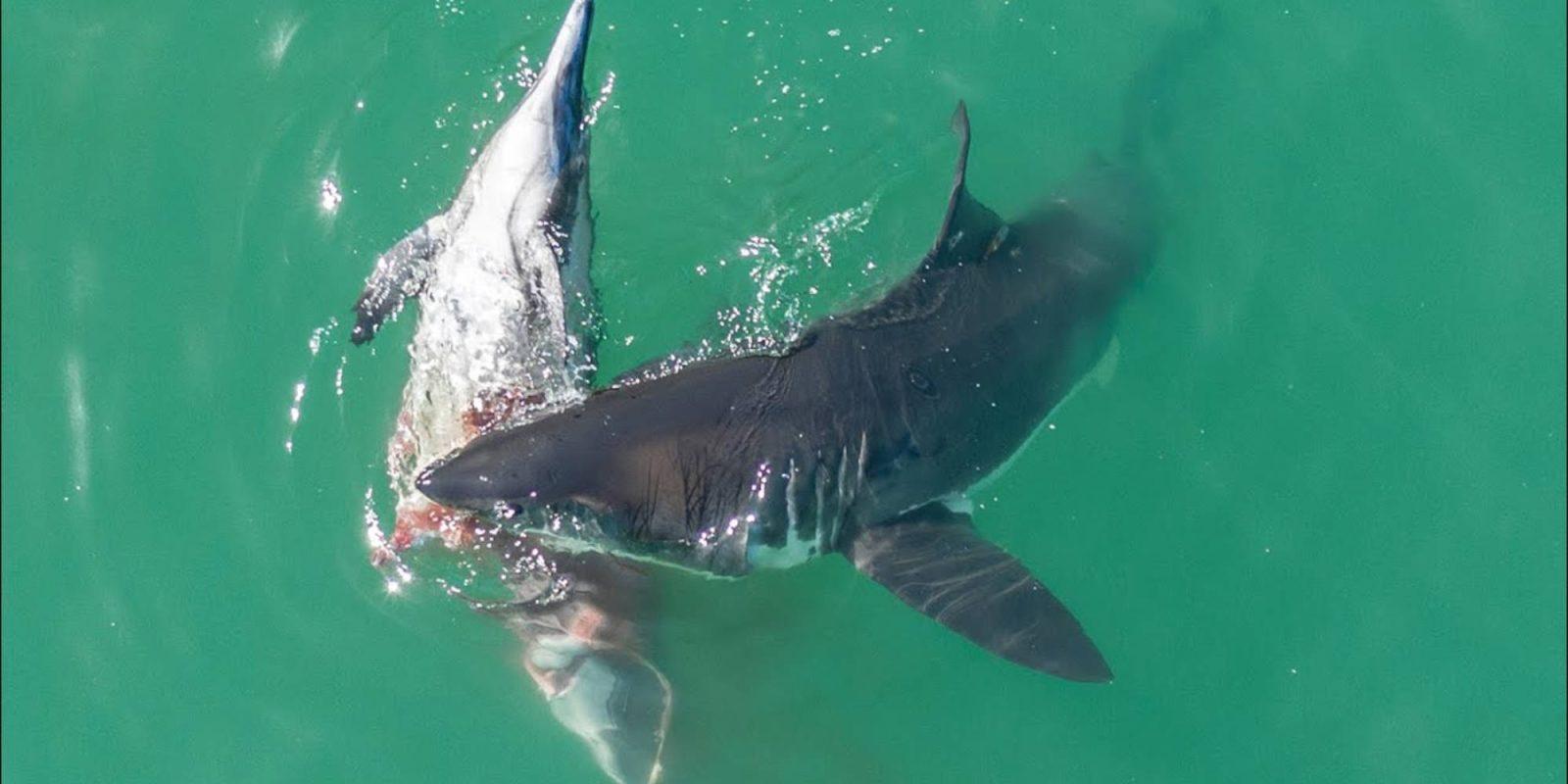
Shark sightings can significantly impact beach tourism. A 2016 study estimated shark attacks cost the Florida economy $2.7 million annually.
Improved detection methods could help balance safety concerns with economic interests. Accurate monitoring might reduce unnecessary beach closures.
Shark Conservation Efforts and Public Perception
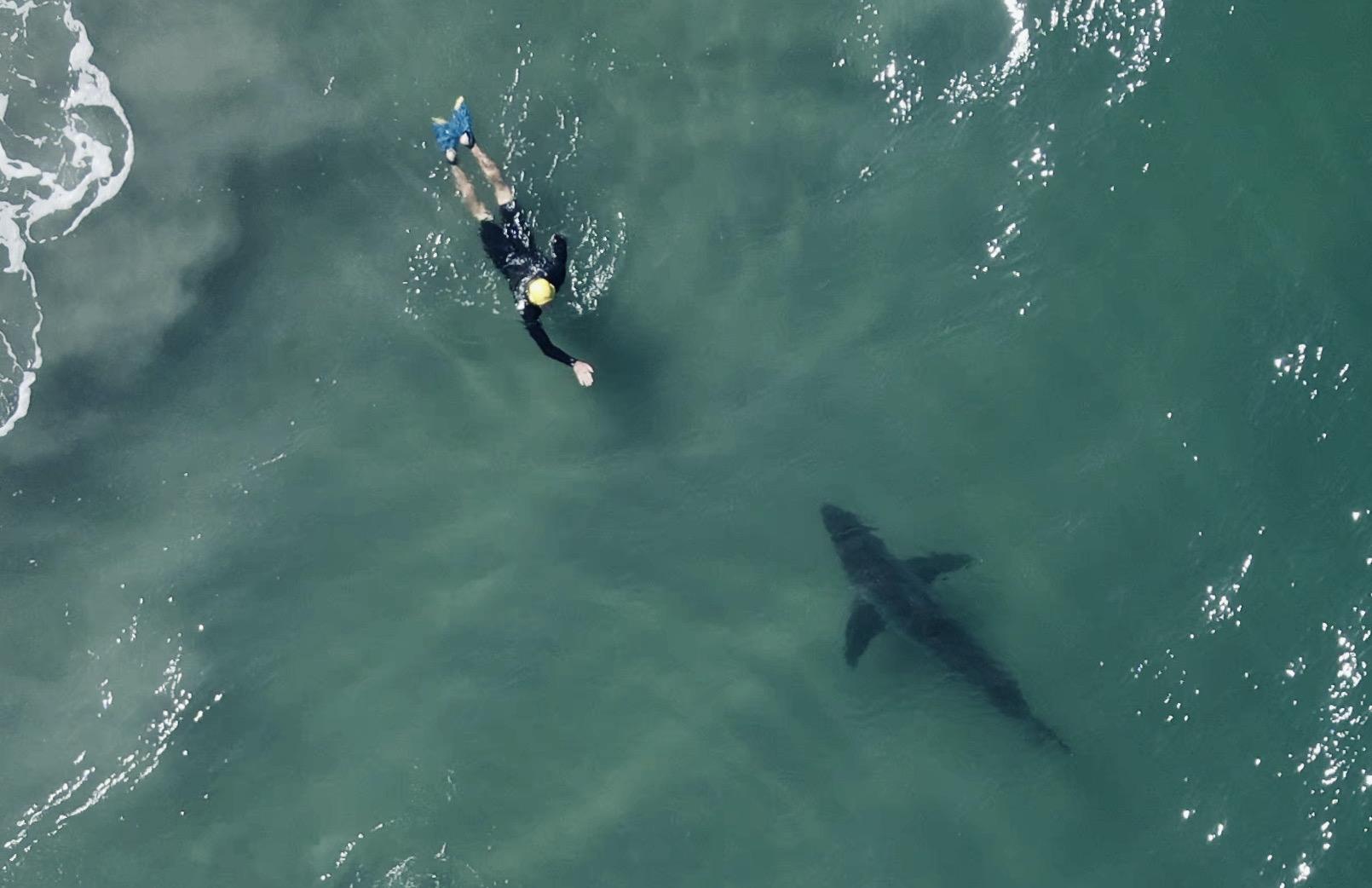
Shark populations face threats from overfishing and habitat loss. The IUCN Red List classifies 37% of shark species as threatened.
AI-powered monitoring could aid conservation efforts by providing valuable data. Improved understanding may also help shift public perception of sharks.


